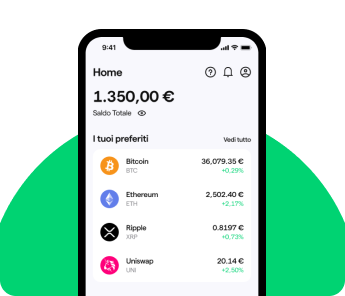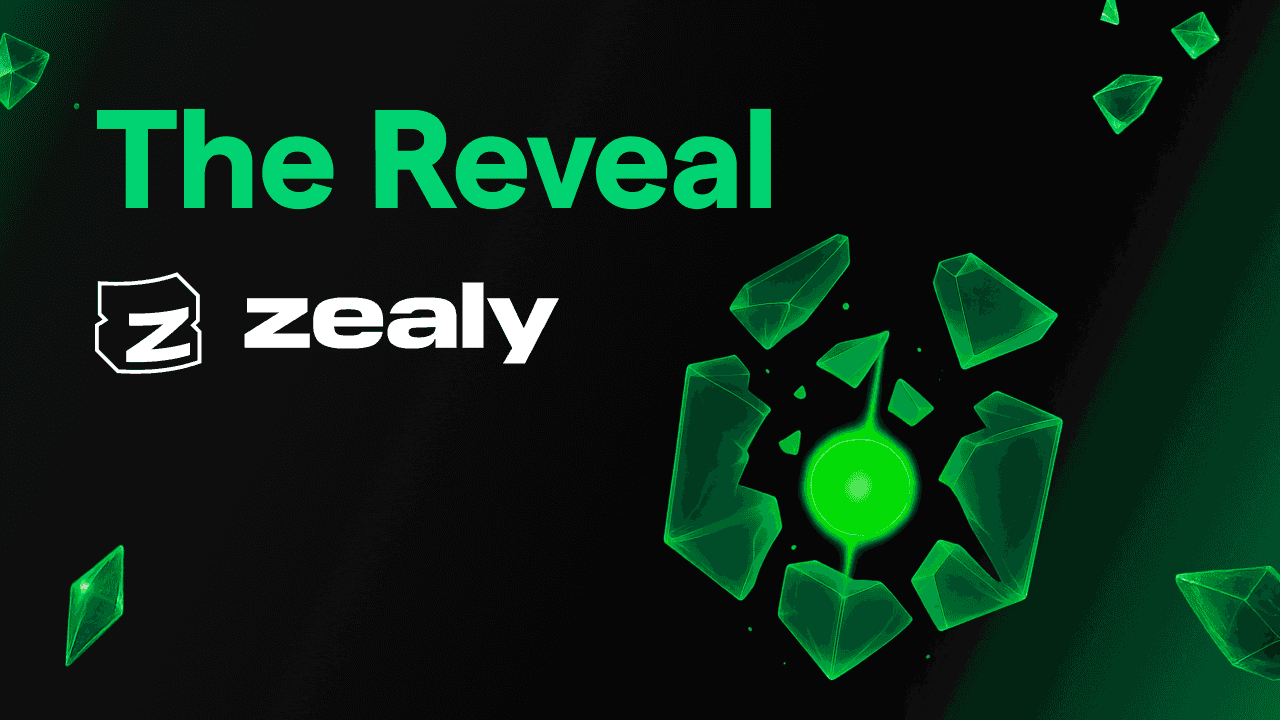
Berachain is a blockchain implementing a consensus mechanism that could well revolutionise the world of DeFi: the Proof-of-Liquidity (PoL).
What’s all the fuss about?
Berachain is a Layer 1 blockchain that has garnered significant attention from many investors, both institutional and retail. This is primarily thanks to the consensus mechanism it’s built upon—the network’s own invention, Proof-of-Liquidity.
The fundamental idea, simplified to its bare bones, is to transform liquidity from a passive resource into an active engine for network security, thereby re-aligning security with the interests of the end-users.
What’s more, Berachain distinguishes itself through its extreme flexibility, being perfectly capable of hosting decentralised applications (dApps) developed initially on Ethereum.
Berachain: proof-of-liquidity and EVM identical
To embark on our journey to understand the Proof-of-Liquidity (PoL) consensus mechanism, we can start by defining it as an evolution of the more widely known Proof-of-Stake (PoS).
In a network utilising PoS, the security and integrity of the chain are upheld by validators, or nodes. They lock up tokens—or stake them—and in return, receive rewards when they successfully validate blocks. These rewards act as a powerful incentive for staking, fostering a virtuous cycle that secures the network.
However, this mechanism has a slight “flaw”: it isolates the validators—and their economic clout—from the broader ecosystem, meaning the Dapps and the users.
To simplify, we could (with a poetic licence) compare a PoS blockchain to a coal-powered train: just as validators secure the network by staking their tokens, the engineers ensure the train’s movement by shovelling coal into the furnace. However, the energy released “only” serves to make the train run.
The Proof-of-Liquidity consensus mechanism, by contrast, lays the groundwork for a system where the energy generated from the burning coal not only moves the train but simultaneously lights up the carriages, heats the water in the bathrooms, operates the window mechanisms, and so forth. It’s a game-changer.
How is this achieved? Through a two-token model that involves validators, dApps, and the community:
- $BERA: used for chain security and transaction costs (gas fees).
- $BGT: a governance token also used for rewards.
The latter has a particular feature: it is soulbound—similar to items in World of Warcraft—and cannot be bought, sold, or traded.
The virtuous cycle of PoL
- On one side, validators stake $BERA to ensure the chain’s security and receive $BGT in return.
- On the other side, users, via dApps like DEXs (Decentralised Exchanges), provide liquidity to pools and in exchange earn LP-tokens (Liquidity Provider Tokens). These “receipt tokens” certify the action and allow for the future redemption of the liquidity.
- These LP-tokens have a utility: they can be staked in Reward Vaults—smart contracts that then reward the user with $BGT for staking.
- Where do these $BGT tokens originate? They come from the validators. Validators receive them as a reward for staking $BERA and, thanks to PoL, are obliged to distribute the lion’s share to users who staked their LP tokens in the reward vaults.
- Validators are also motivated to direct $BGT to the Reward Vaults by the dApps themselves. This is done through a market of incentives (other tokens, stablecoins, etc.) offered by the protocols to increase the portion of $BGT for their end-users (liquidity providers).
- Users then delegate the $BGT tokens they obtained from locking LP-tokens in the Reward Vaults to validators, effectively “boosting” them. In return, users receive a share of the aforementioned incentives. A validator is ‘boosted’ when it receives more $BGT from users, increasing the amount of $BGT that can be directed to the Reward Vaults.
The circle is complete: validators, dApps, and users all collaborate in a self-sustaining ecosystem that rewards every component for its work. Though $BGT generates implicit value, it can always be exchanged for $BERA at a 1:1 ratio—jolly good stuff.
EVM identical
EVM stands for the Ethereum Virtual Machine. If we were to compare Ethereum to a global supercomputer, the EVM would be its operating system—the decentralised technological architecture necessary for executing smart contracts and transactions.
With its EVM Identical design, Berachain has reproduced an exact copy of the EVM on its own chain. This means Berachain is a blockchain that is 100% compatible with Ethereum’s EVM. The consequences are pretty obvious: the enormous number of developers working on Ethereum could easily “move” to Berachain without noticing any difference whatsoever.
The strategy is certainly intriguing: Berachain develops a potentially revolutionary consensus mechanism and says to programmers across the globe, “Look here, you code on Ethereum, but you’re curious about our PoL? No bother, we’ve created an execution environment that is totally identical to what you’re accustomed to, and it updates in sync with Ethereum“. In fact, by March 2025, just one month after its launch, Berachain had already amassed nearly $3 billion in Total Value Locked (TVL).
Berachain: team and funding
Not much is known about the team, as its members have opted to remain anonymous. The three co-founders have always presented themselves to the public under the pseudonyms Smokey the Bear, Homme the Bear, and Papa Bear.
This public anonymity, however, stands in stark contrast to the solid trust the project has earned in the institutional world. This is evidenced by the $100 million raised in a Series B funding round in April 2024.
Some of the world’s most prominent investment funds, which are also active in traditional finance, participated in this fundraising. The most noteworthy names include Brevan Howard Digital, the crypto arm of a behemoth with over $20 billion in assets under management. They were joined by Web3-specialised Venture Capital firms such as Framework Ventures, whose portfolio boasts projects like Aave (AAVE) and Chainlink (LINK), and Polychain Capital.
A dash of Italy in Berachain
We’ll conclude by sharing a piece of information that makes us rather proud: there’s a good bit of Italy in Berachain! Its European headquarters are in Milan, with a team that collaborates on research and development operations.
Perhaps this is what facilitated the recent partnership with Napoli—yes, the SSC Napoli coached by Antonio Conte. The collaboration isn’t directly with Berachain, but with KDA3, a platform that “develops innovative digital sports solutions”. KDA3 is built on Berachain, which invested directly in the platform in 2025. Furthermore, KDA3 is also in partnership with the Canadian Basketball Federation and will be launching other partnerships with international clubs in the coming months.




